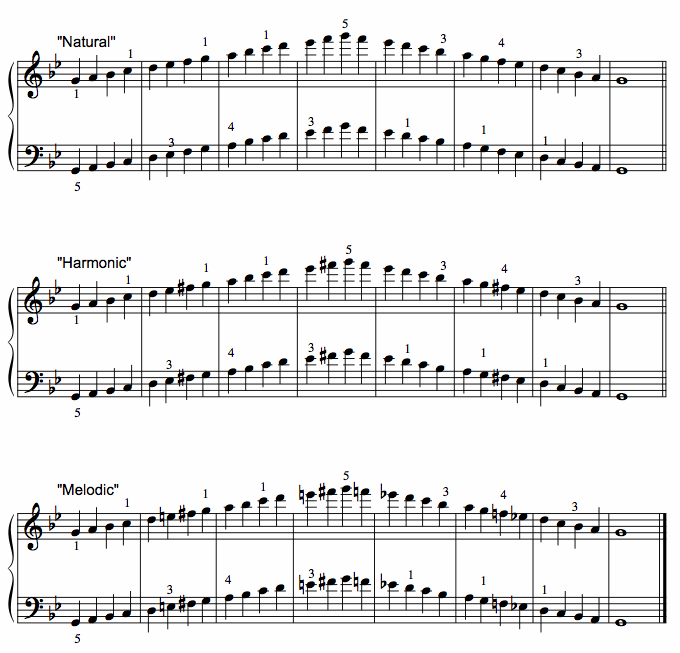


In Anglophone countries, "si" was changed to "ti" by Sarah Glover in the nineteenth century so that every syllable might begin with a different letter (also freeing Si for later use as Sol-sharp). "Ut" was changed in the 1600s in Italy to the open syllable Do, at the suggestion of the musicologist Giovanni Battista Doni (based on the first syllable of his surname), and Si (from the initials for " Sancte Iohannes") was added to complete the diatonic scale. So that your servants may, with loosened voices, Each successive line of this hymn begins on the next scale degree, so each note's name was the syllable sung at that pitch in this hymn. John the Baptist", yielding ut, re, mi, fa, sol, la. In eleventh-century Italy, the music theorist Guido of Arezzo invented a notational system that named the six notes of the hexachord after the first syllable of each line of the Latin hymn " Ut queant laxis", the "Hymn to St. The verb "to sol-fa" means to sing a passage in solfège. The generic term " solmization", referring to any system of denoting pitches of a musical scale by syllables, including those used in India and Japan as well as solfège, comes from French solmisation, from the Latin solfège syllables sol and mi. Italian "solfeggio" and English/French "solfège" derive from the names of two of the syllables used: sol and fa. "do" is always "C-natural") and 2) movable do, where the syllables are assigned to scale degrees, with "do" always the first degree of the major scale. There are two current ways of applying solfège: 1) fixed do, where the syllables are always tied to specific pitches (e.g. The tonic sol-fa method popularized the seven syllables commonly used in English-speaking countries: do (or doh in tonic sol-fa), re, mi, fa, so(l), la, and ti (or si) (see below). Through the Renaissance (and much later in some shapenote publications) various interlocking 4, 5 and 6-note systems were employed to cover the octave.

Syllables are assigned to the notes of the scale and enable the musician to audiate, or mentally hear, the pitches of a piece of music being seen for the first time and then to sing them aloud. Solfège is a form of solmization, though the two terms are sometimes used interchangeably. In music, solfège ( / ˈ s ɒ l f ɛ ʒ/, French: ) or solfeggio ( / s ɒ l ˈ f ɛ dʒ i oʊ/ Italian: ), also called sol-fa, solfa, solfeo, among many names, is a music education method used to teach aural skills, pitch and sight-reading of Western music. For similar terms, see Solfeggietto and Solfege (manga).


 0 kommentar(er)
0 kommentar(er)
